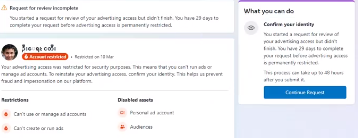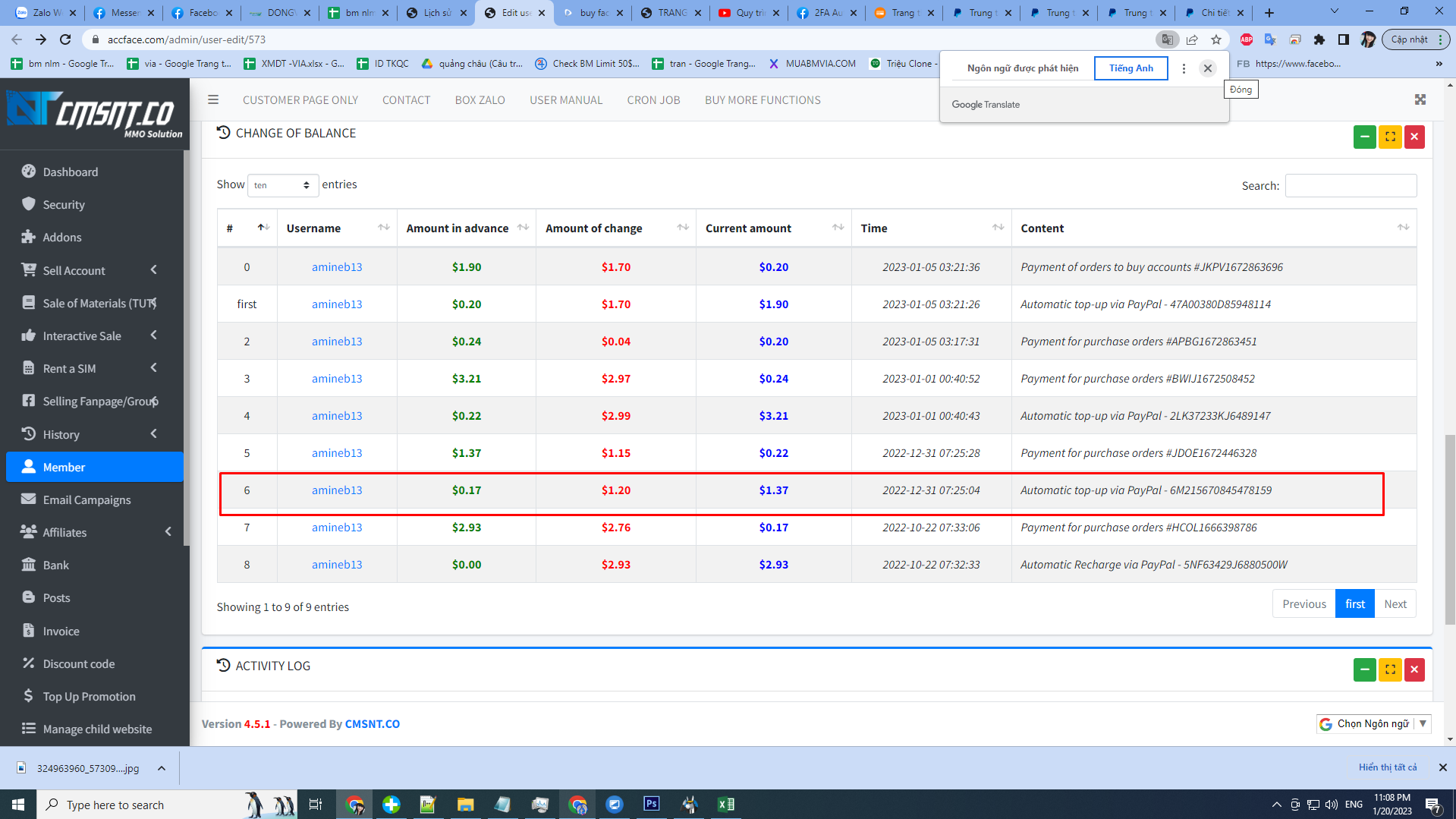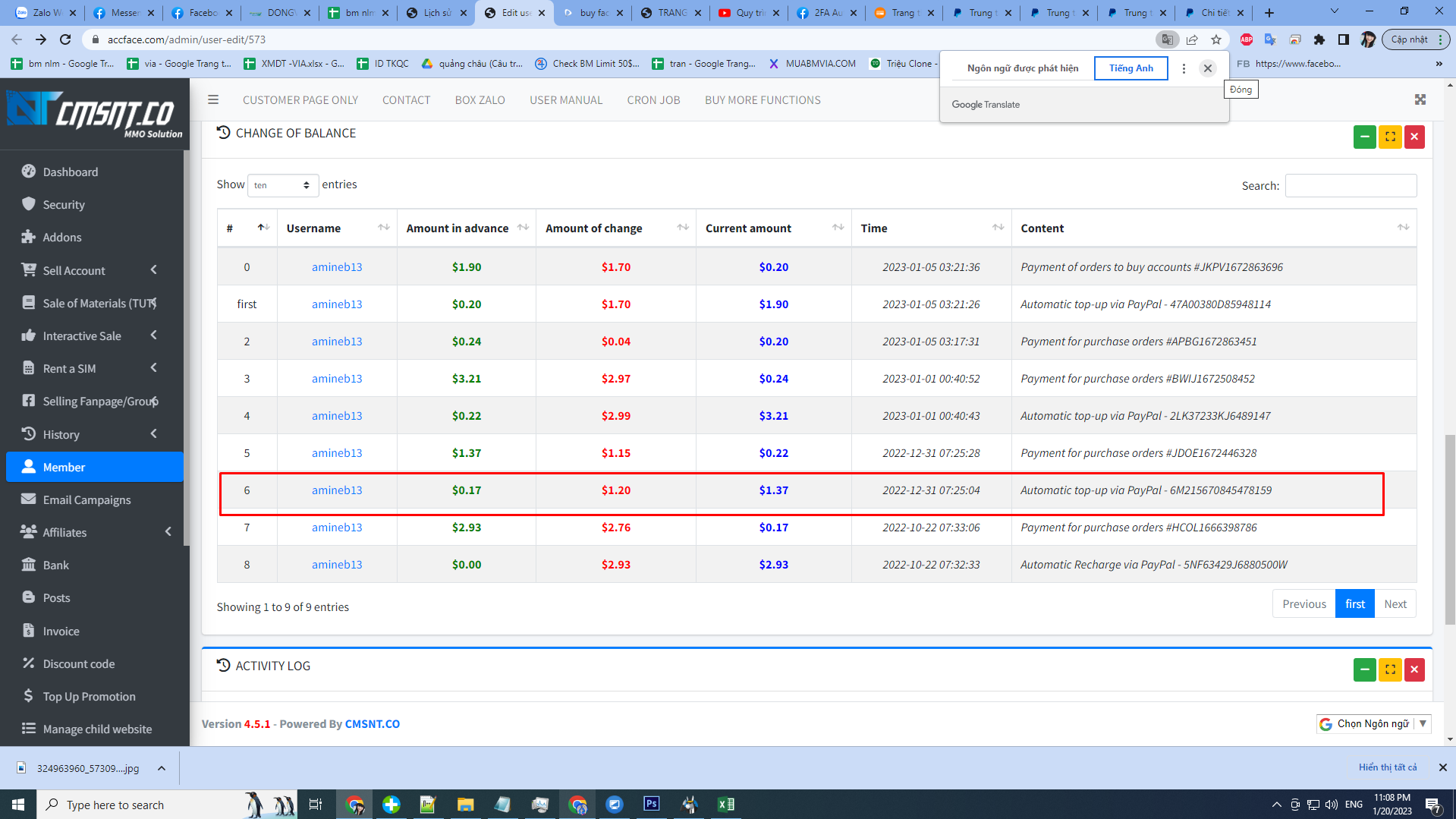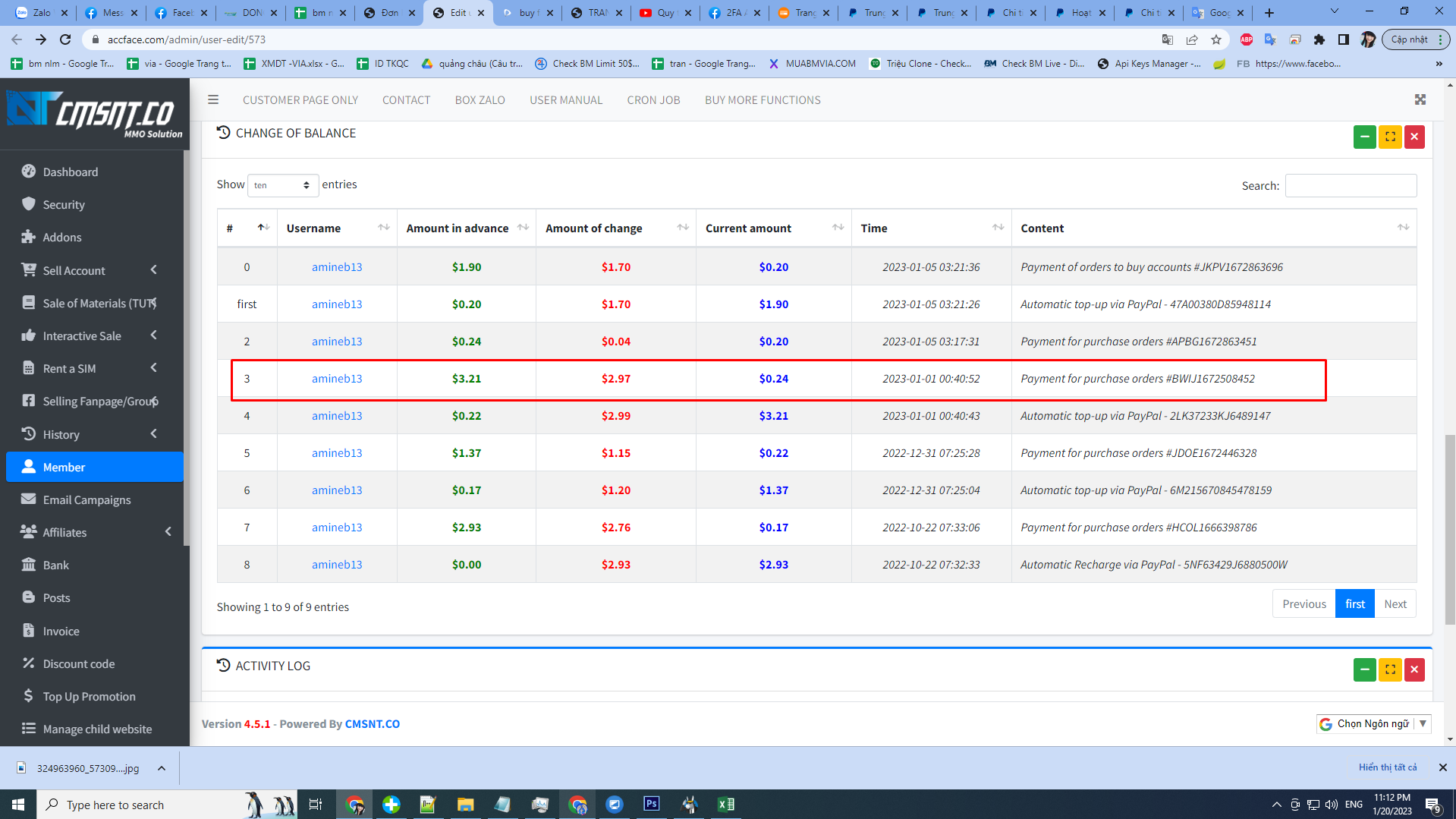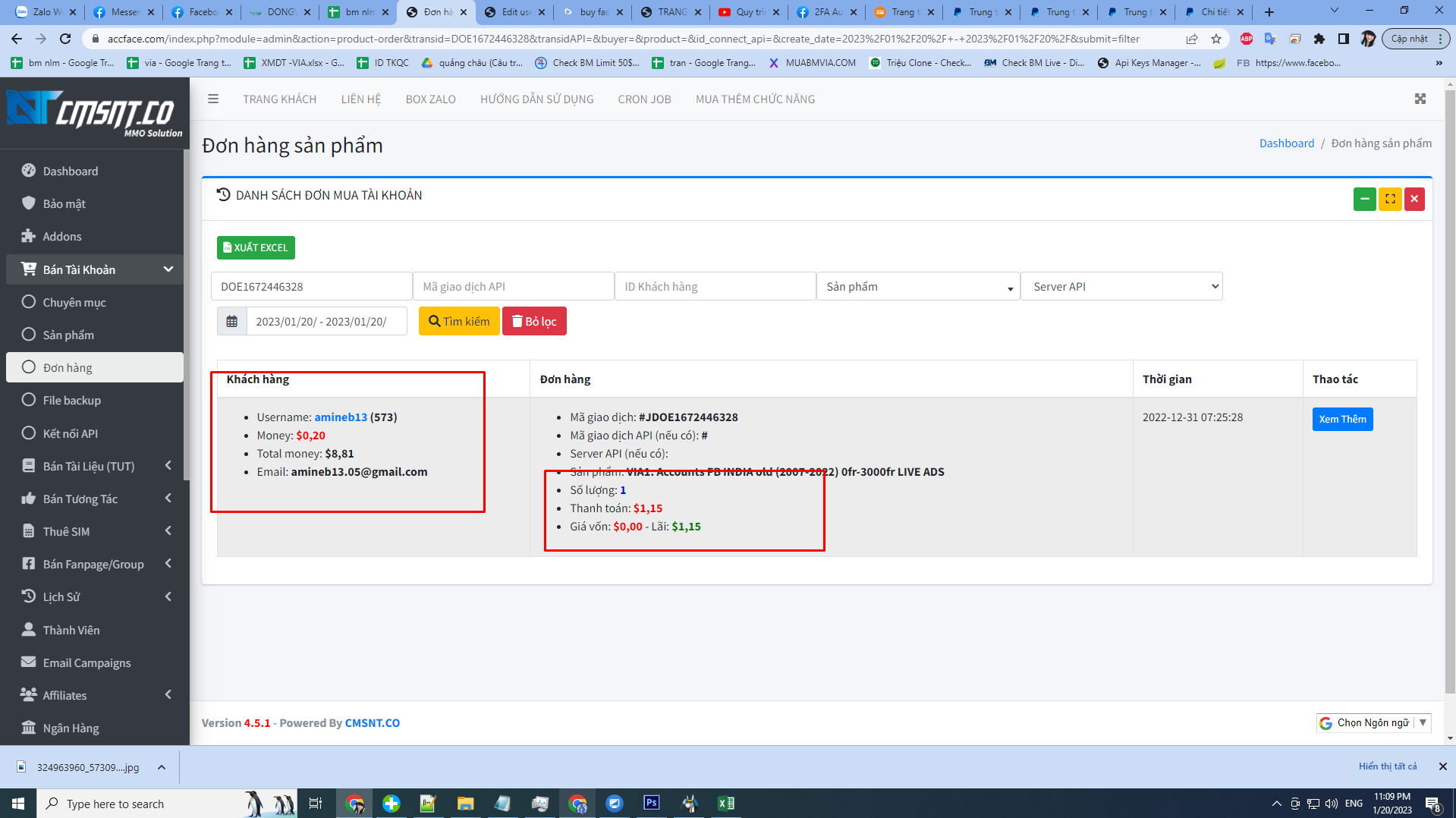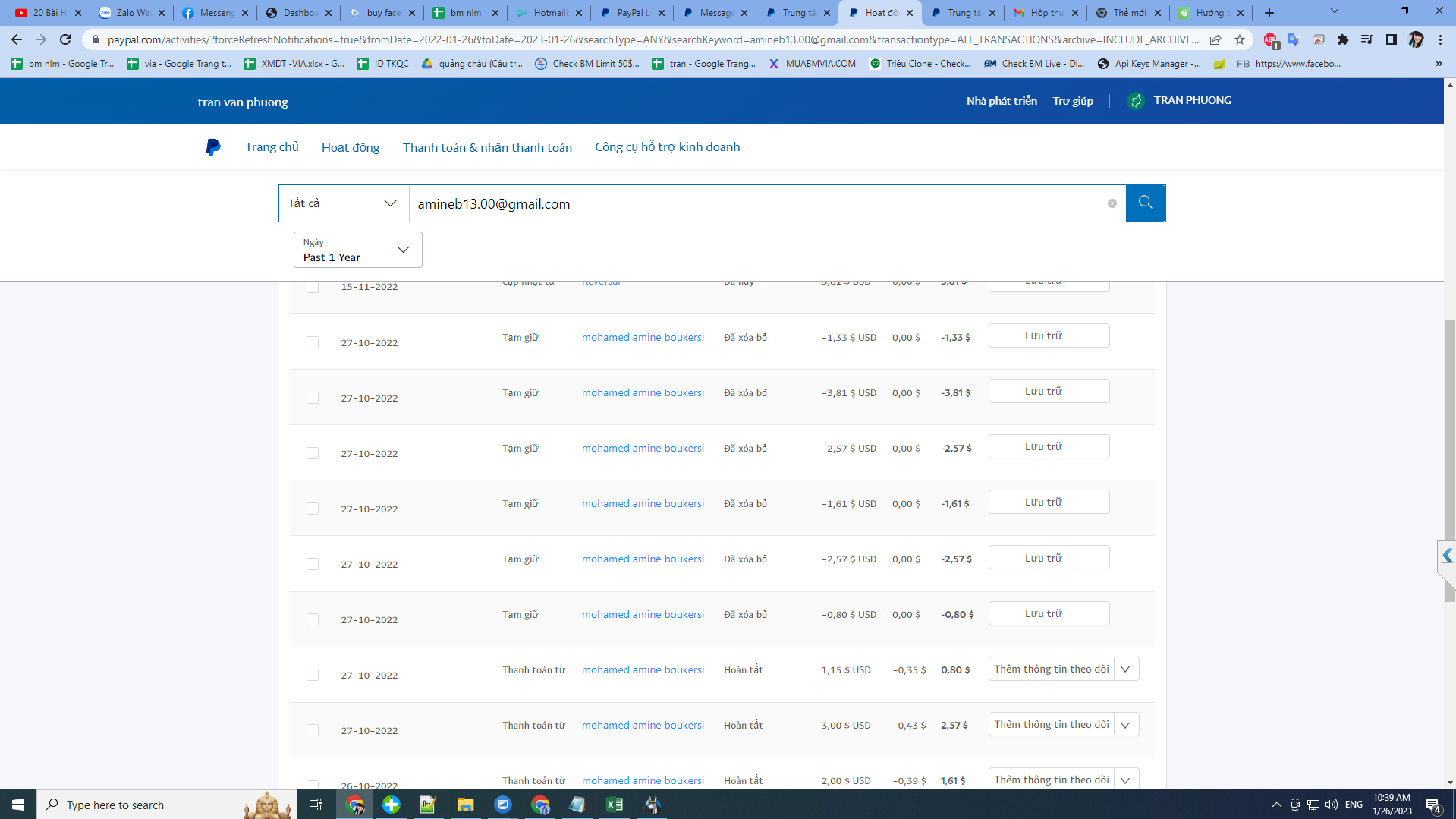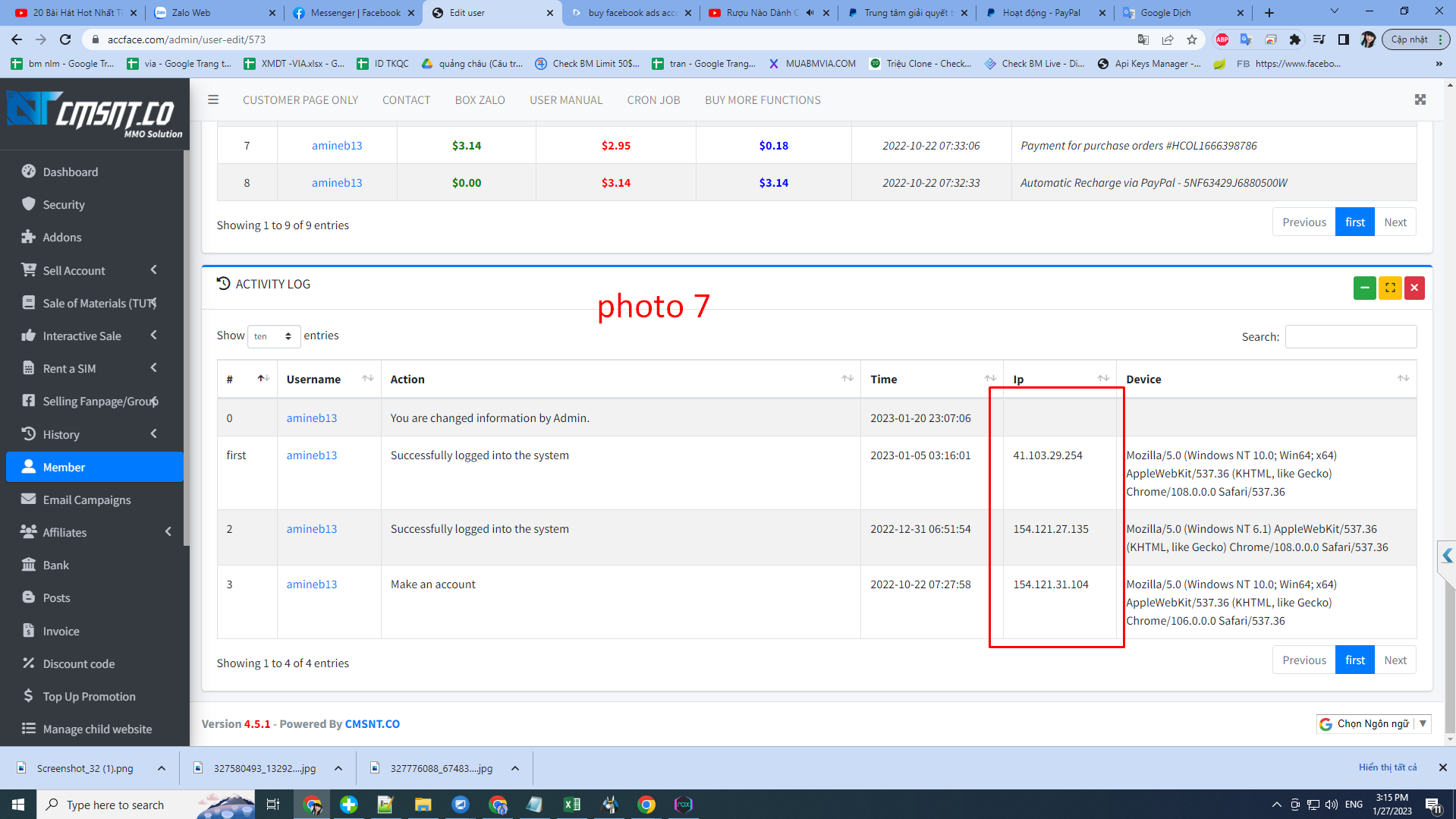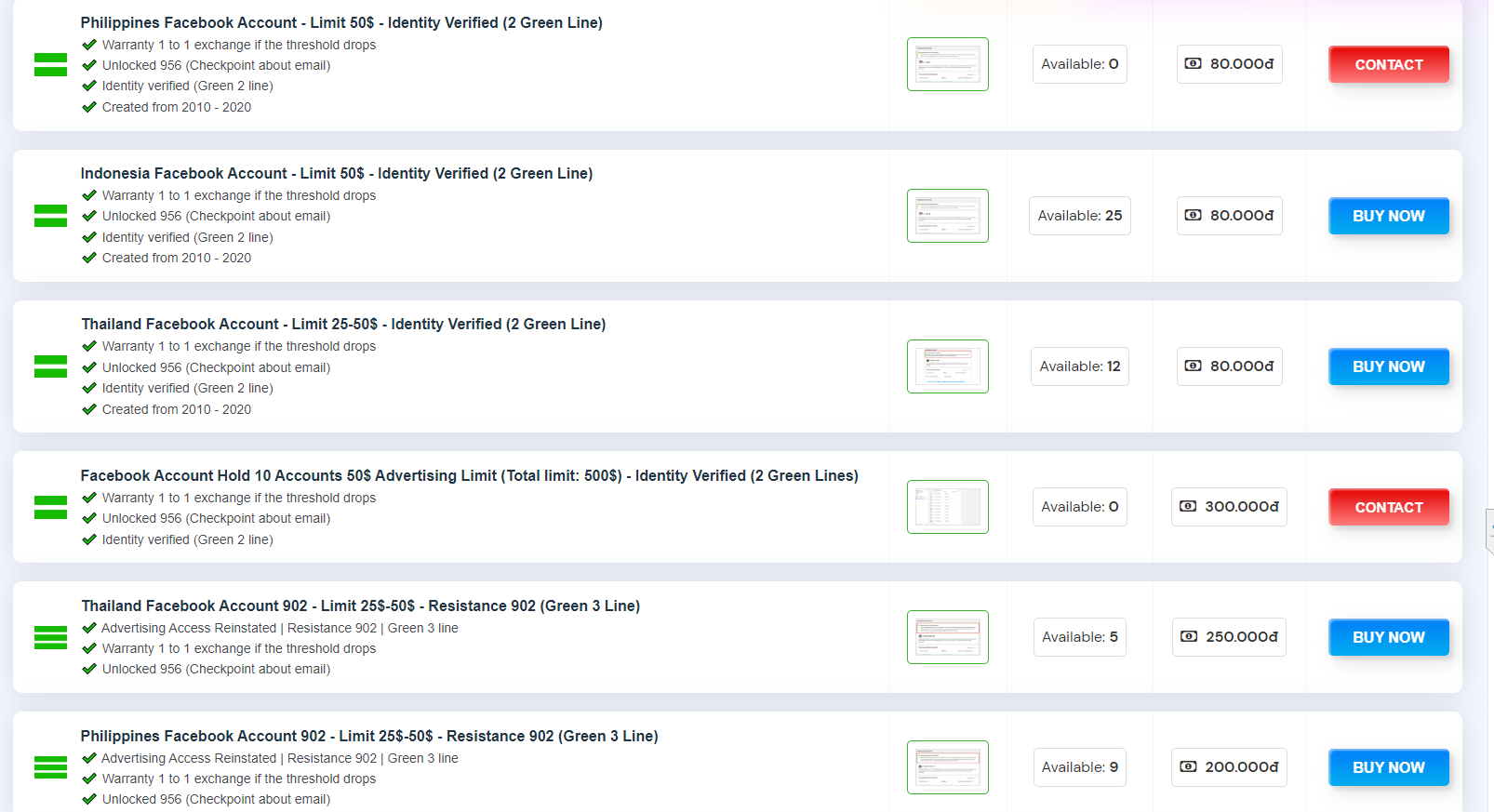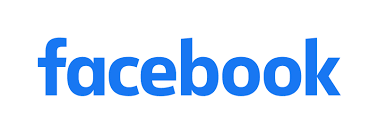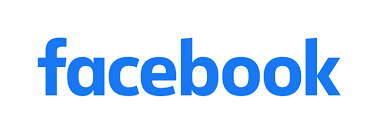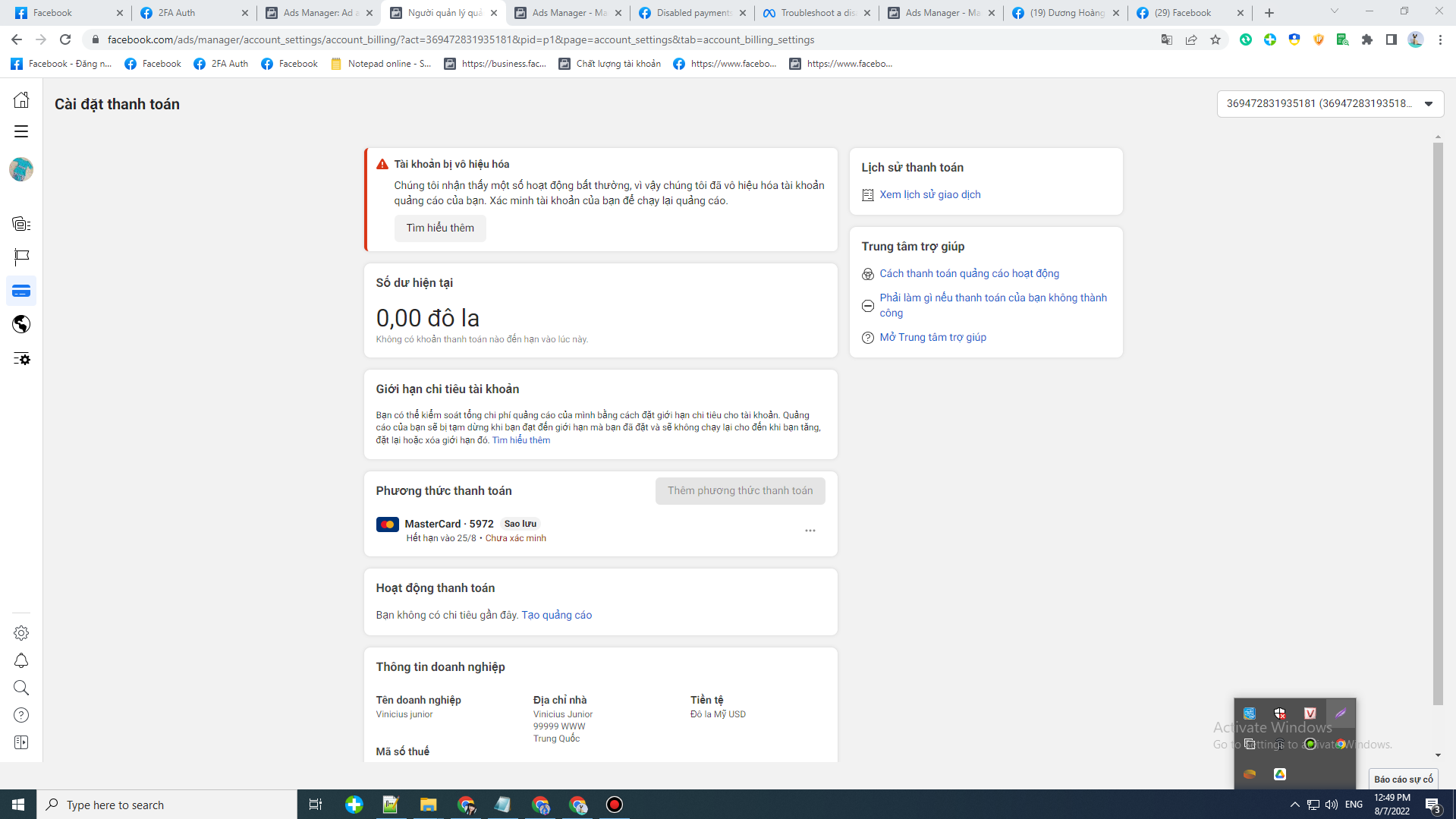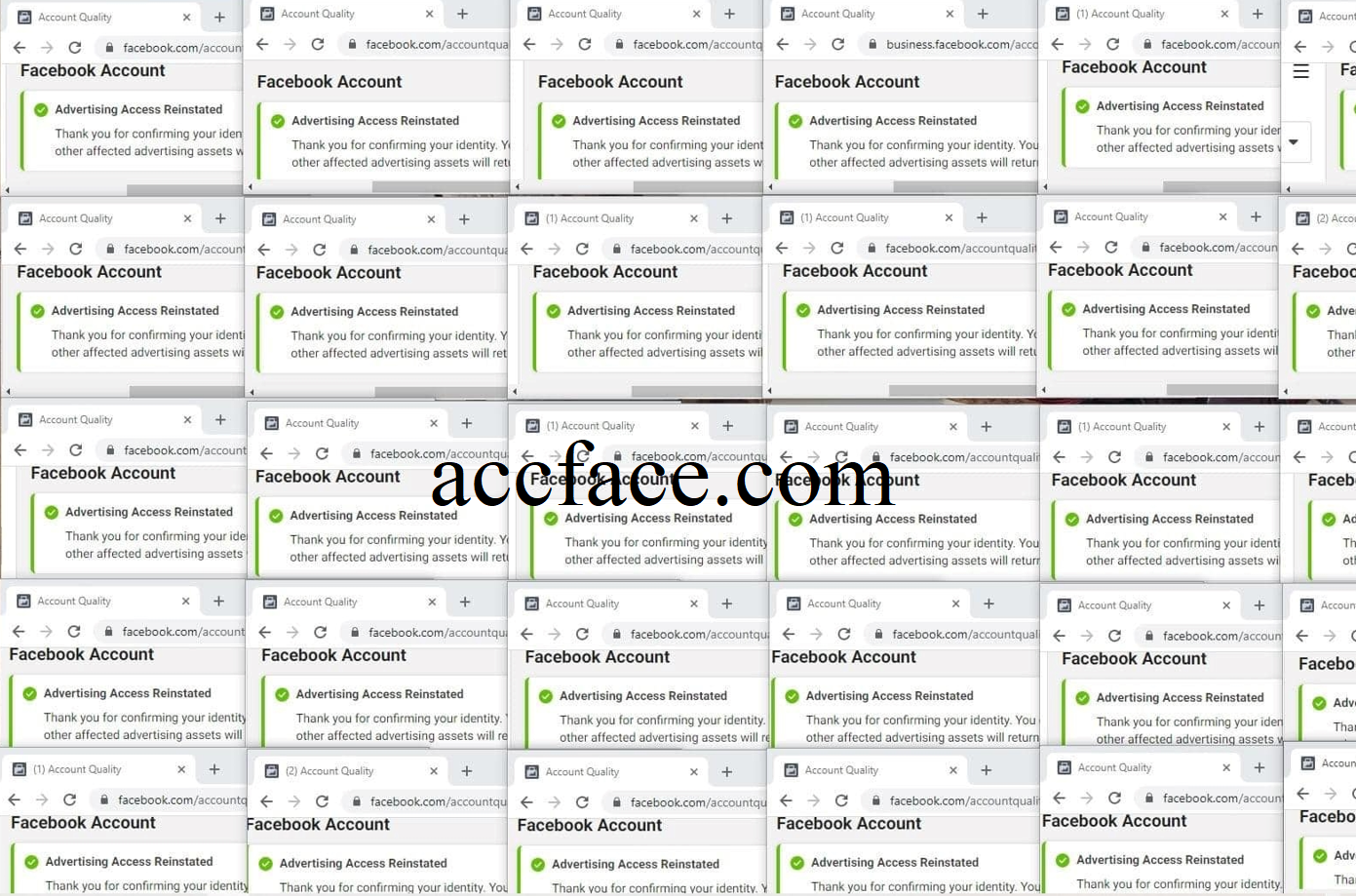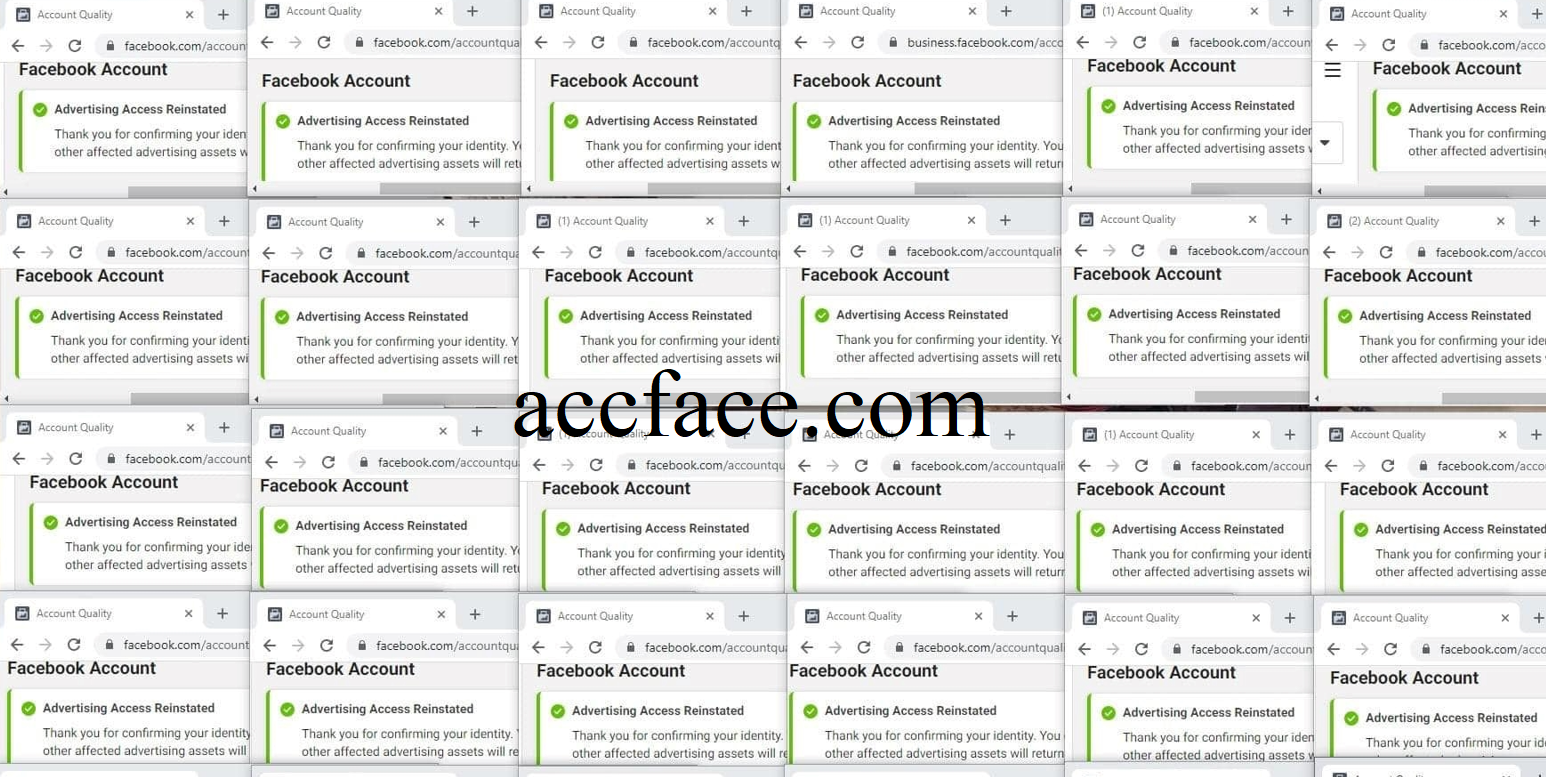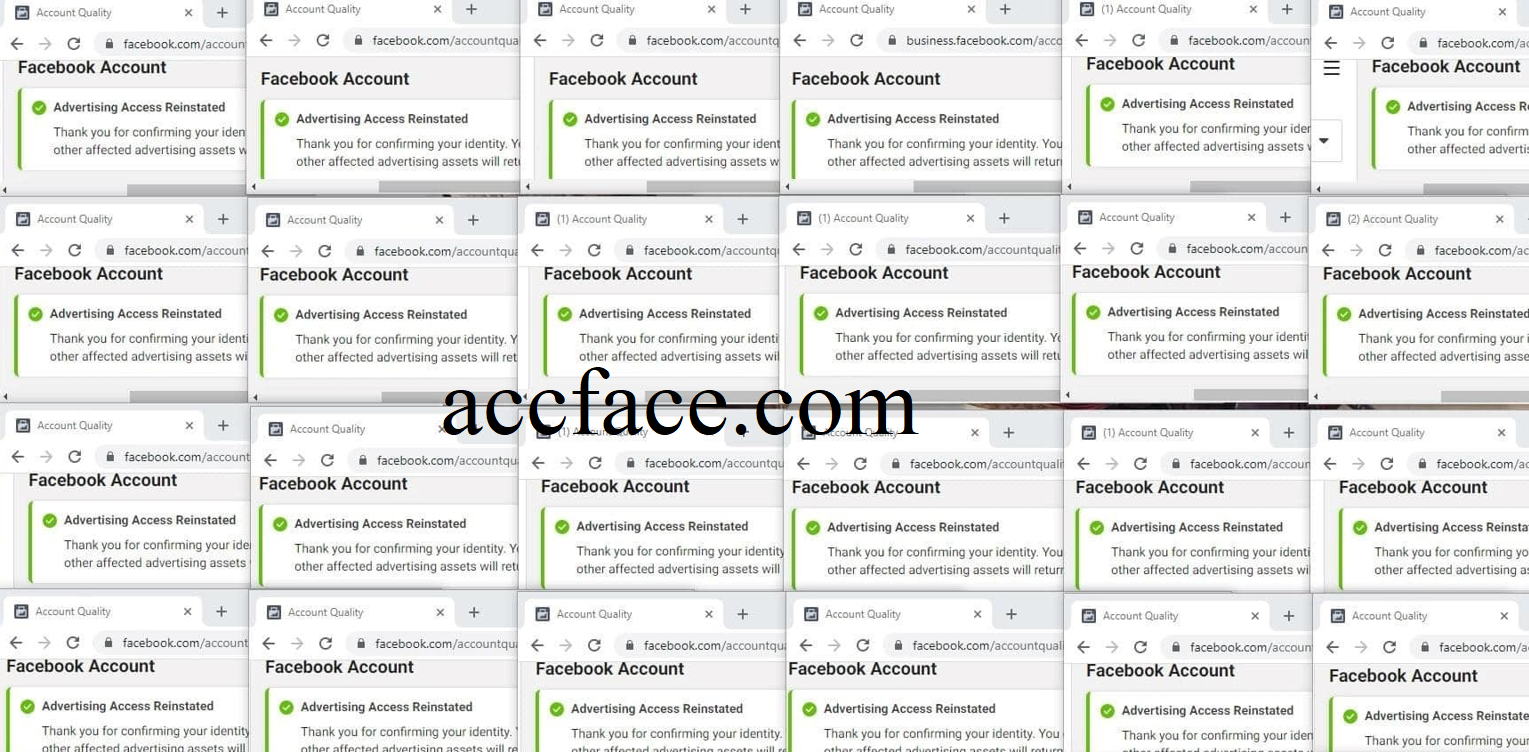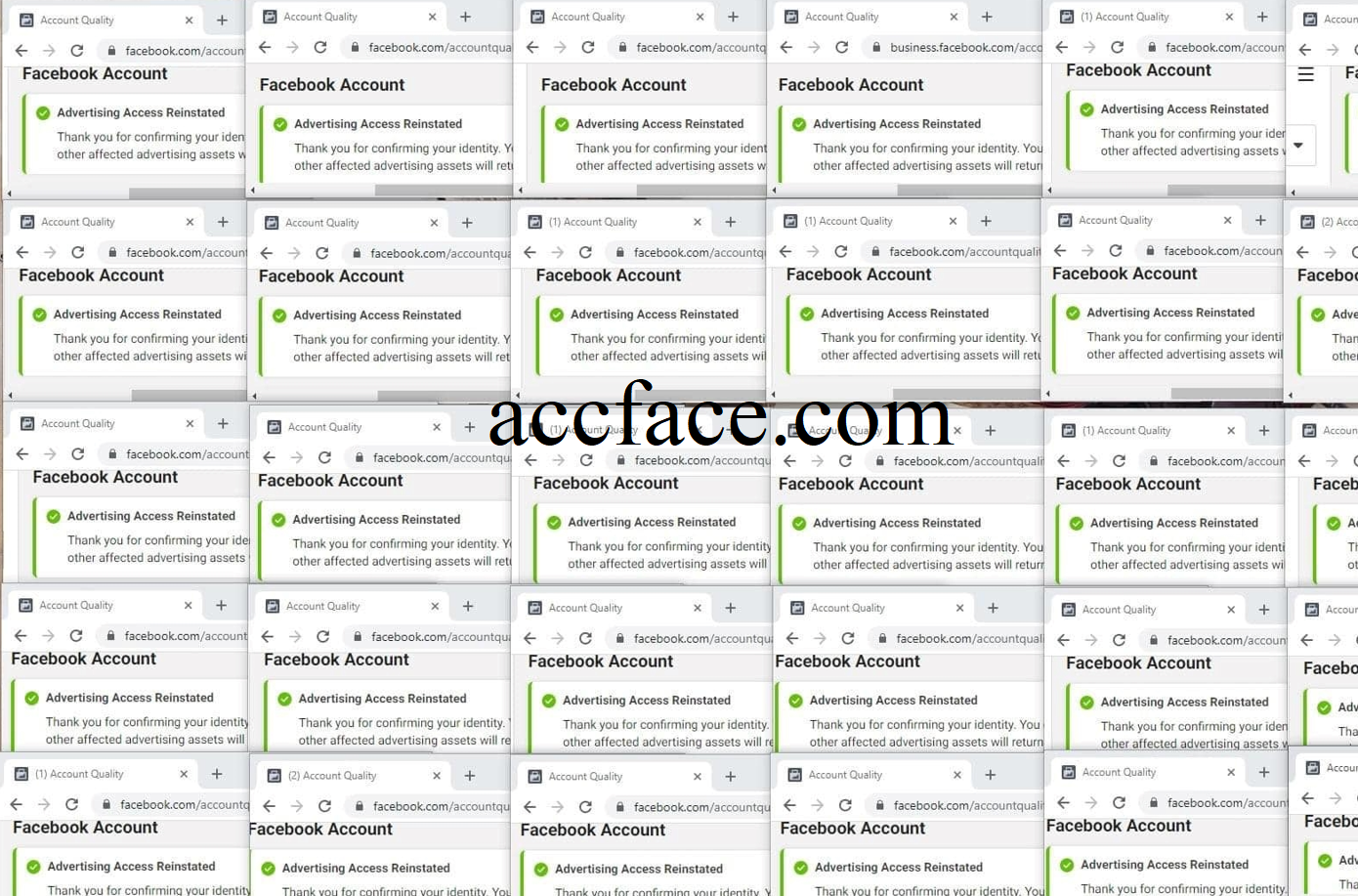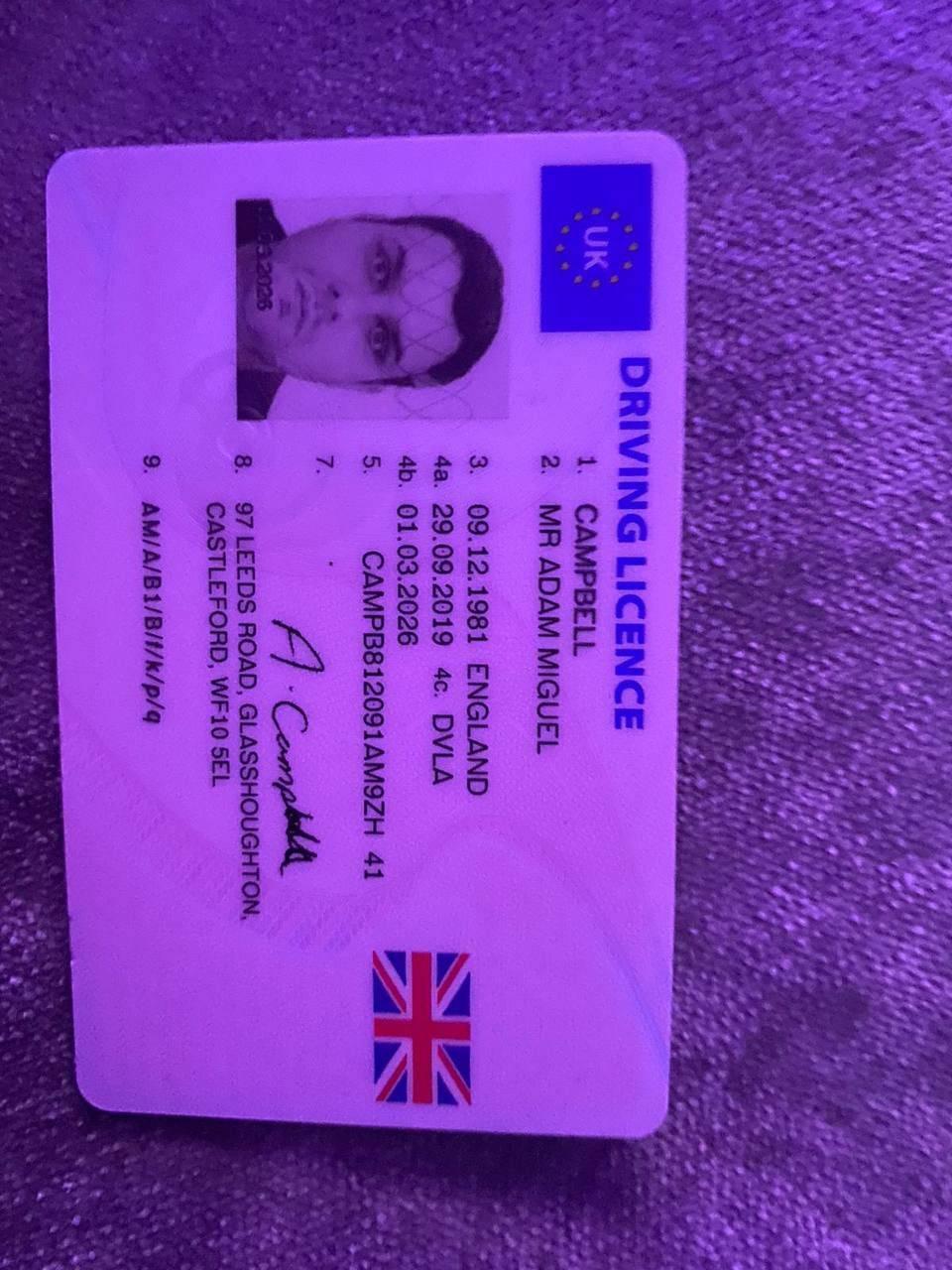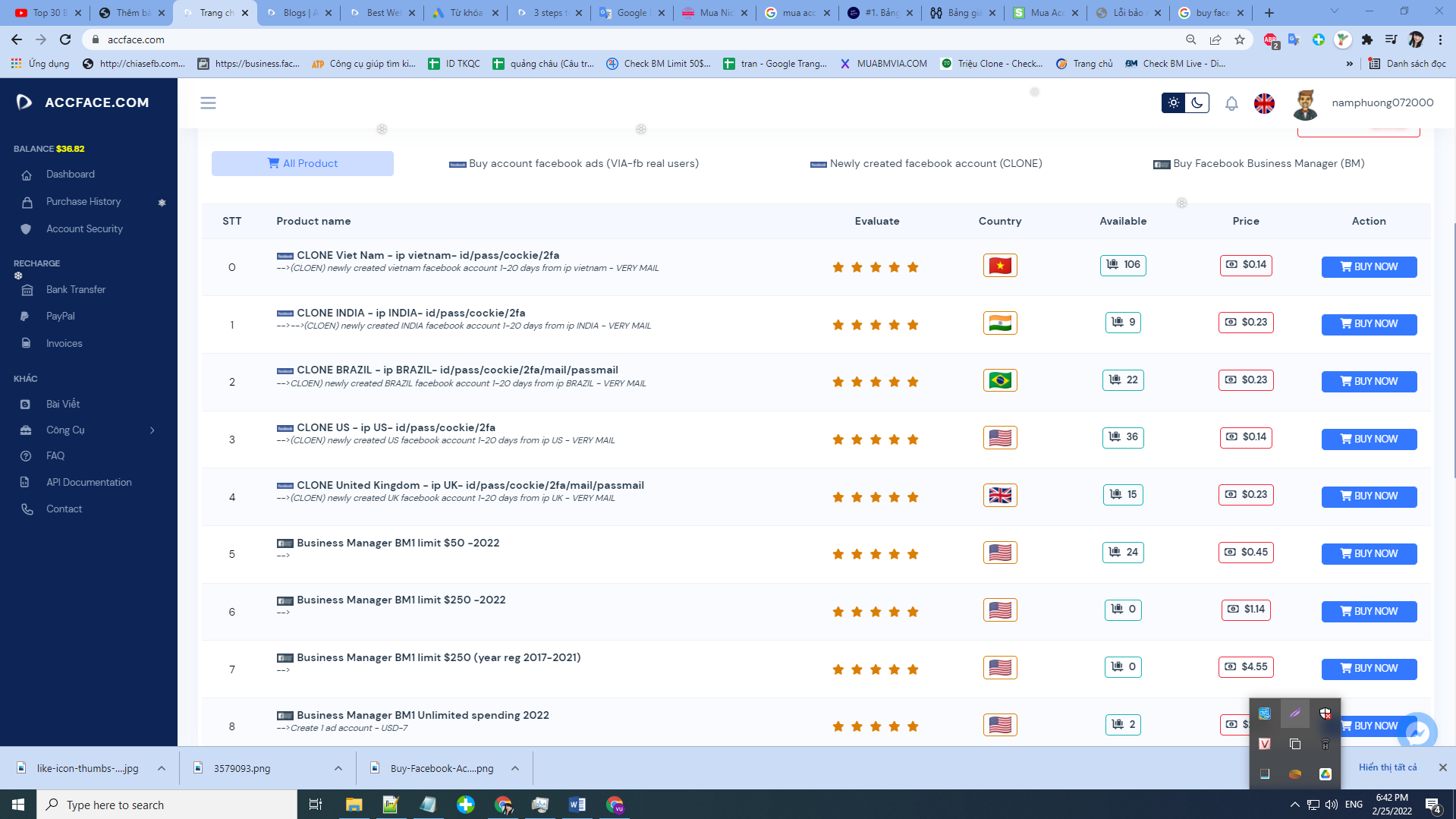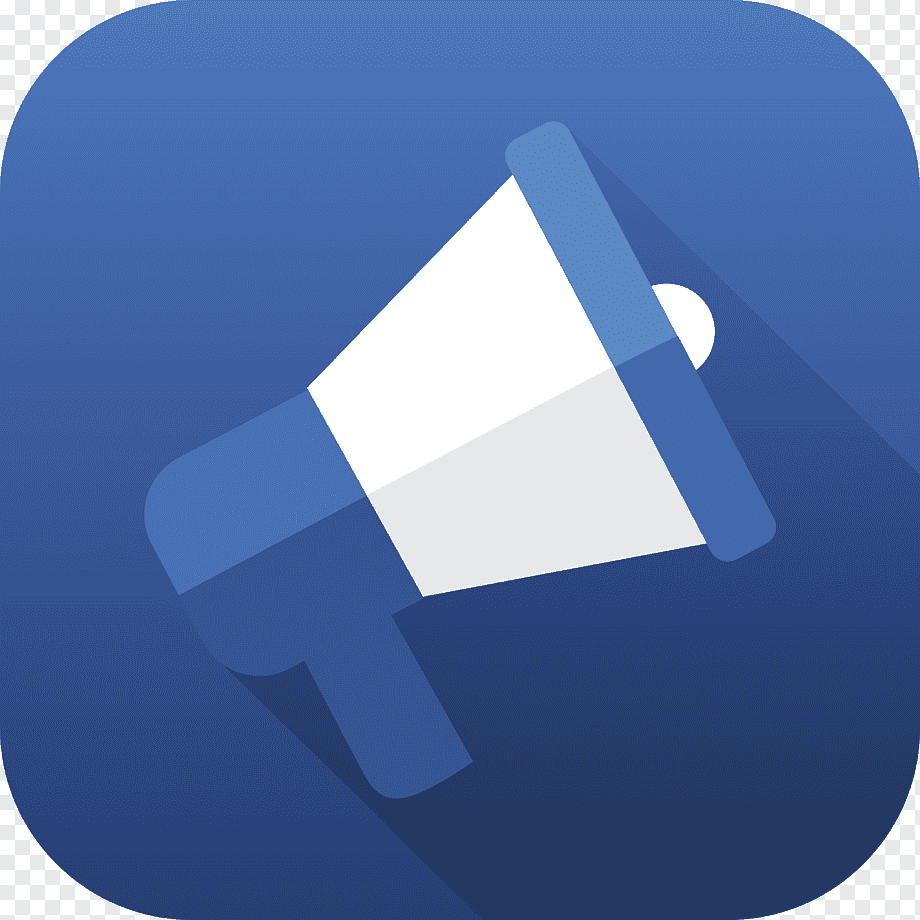Danh sách bài viết
Please read these for warranty and effective use of facebook
2023-05-05 17:18:38
buy aged facebook account Buy Facebook Accounts {Aged & Fresh} SALE
2023-01-29 07:51:17
Best site to buy Facebook account
2023-01-18 13:19:00
how to buy facebook account
2023-01-18 13:14:24
aged facebook account for sale aged facebook accounts for sale best place to buy
2022-10-29 18:27:39
1
2022-10-21 22:42:47
Instructions to add a card to facebook with a code that is not held
2022-08-07 20:00:47
Buy and sell buy verified facebook account - follow a lot
2022-03-05 18:33:34
Selling buy facebook accounts for advertising in bulk, cheap
2022-03-05 18:14:56
Tut kich nguong llen mot ty day nha
2022-02-25 21:51:16
Tutorial On How To Buy Facebook Ads Accounts Verified Best Quality
2022-02-25 18:45:29
Best Websites Buy Facebook Ads Accounts Identity Verified Pva – Aged
2022-02-25 18:14:27
Guide To Buy Facebook Account On accface.com
2022-02-25 18:01:55
Where buy facebook account With Warranty the most reputable dont get cheated
2022-02-25 17:43:48
3 steps to buy a reputable VIA Facebook to avoid scams
2022-02-25 16:40:21
Bài viết nổi bật
Instructions to add a card to facebook with a code that is not held
2022-08-07 20:00:47
Best Websites Buy Facebook Ads Accounts Identity Verified Pva – Aged
2022-02-25 18:14:27
Where buy facebook account With Warranty the most reputable dont get cheated
2022-02-25 17:43:48
Guide To Buy Facebook Account On accface.com
2022-02-25 18:01:55
1
2022-10-21 22:42:47
Tutorial On How To Buy Facebook Ads Accounts Verified Best Quality
2022-02-25 18:45:29
Buy and sell buy verified facebook account - follow a lot
2022-03-05 18:33:34
Tut kich nguong llen mot ty day nha
2022-02-25 21:51:16
aged facebook account for sale aged facebook accounts for sale best place to buy
2022-10-29 18:27:39
Selling buy facebook accounts for advertising in bulk, cheap
2022-03-05 18:14:56
Best site to buy Facebook account
2023-01-18 13:19:00
buy aged facebook account Buy Facebook Accounts {Aged & Fresh} SALE
2023-01-29 07:51:17
3 steps to buy a reputable VIA Facebook to avoid scams
2022-02-25 16:40:21
how to buy facebook account
2023-01-18 13:14:24
Please read these for warranty and effective use of facebook
2023-05-05 17:18:38

